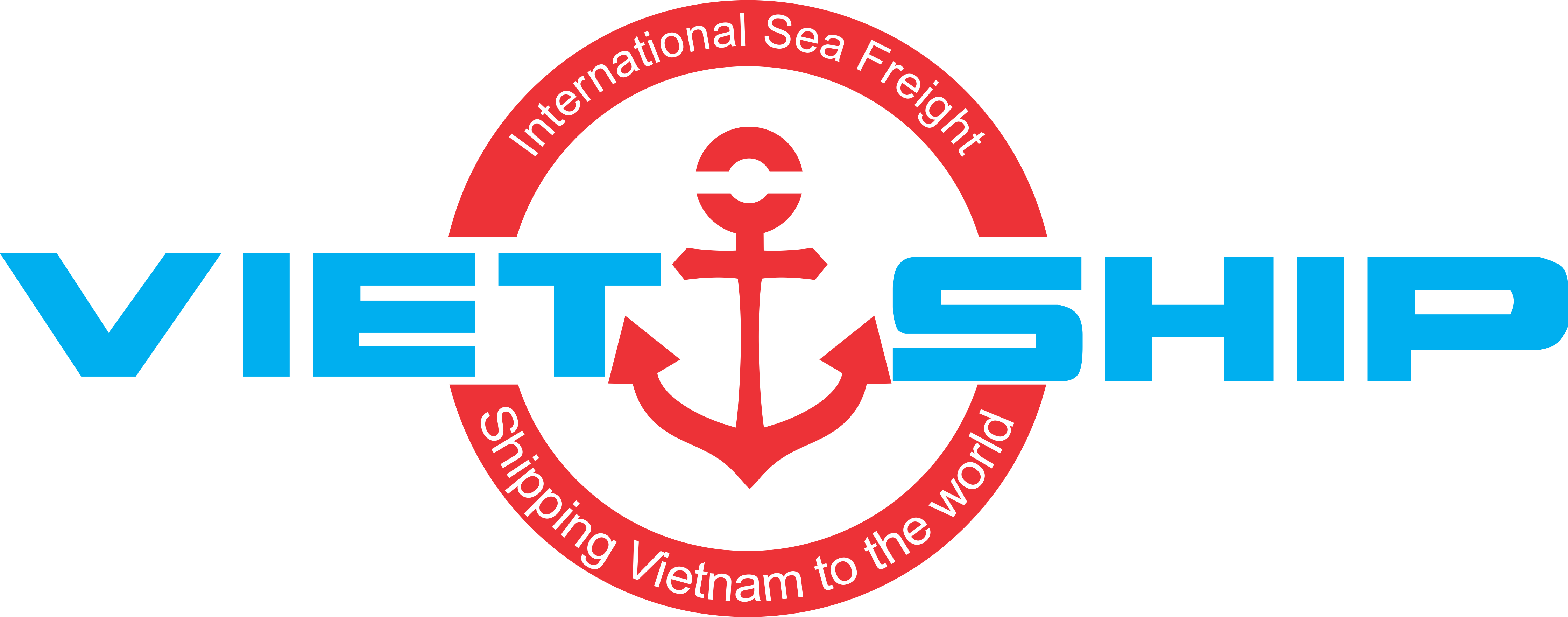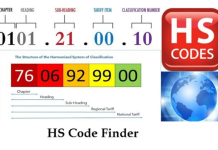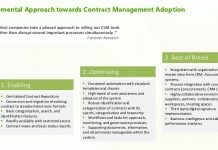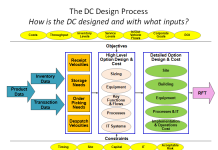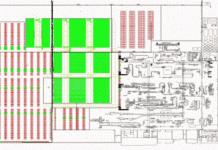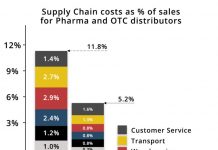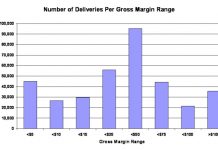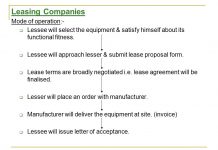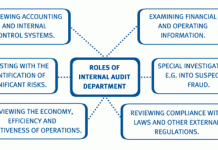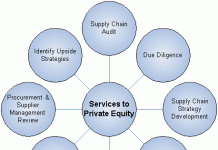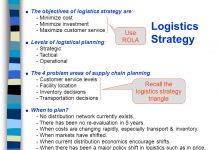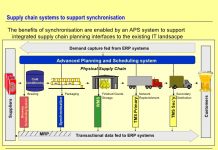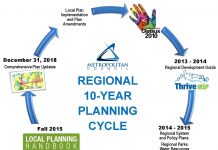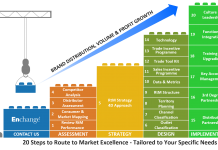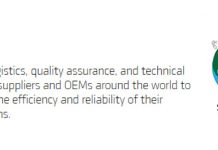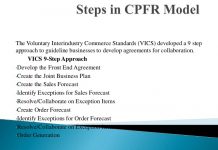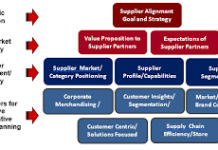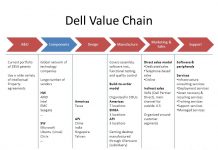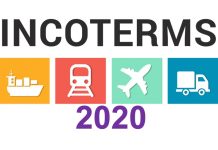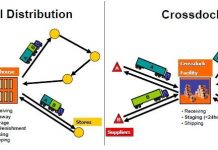Table of Contents
Over the years we have seen many of our customer’s Supply Chains that operate with significant issues and under unnecessary constraints, due to poorly defined and managed customer service policies.
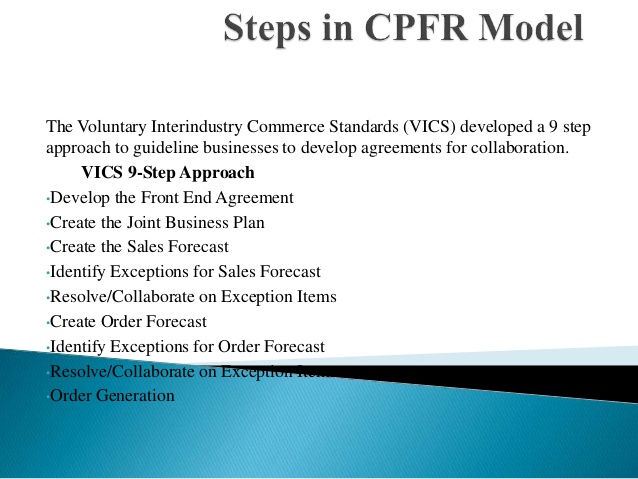
Examples of these have included:
- Customers overly abusing the service policy, with up to 4 small orders per day, which makes it impossible for the supplier to make a profit margin once distribution costs are taken into account.
- Service level policies that are standard across a business, for all customers, regardless of their service requirements, leading to excessive distribution costs.
- A total lack of understanding of cost to serve and total cost of ownership, when setting contracts and service agreements in place.
Our specialists at Logistics VietShip have many years of experience in solving these often complex issues, that inevitably lead to reduced costs and improved customer service levels.
Whilst our approach to each customer assignment will vary based on their specific needs, an example of an approach might be:
- Review of existing service policies and contracts.
- Review of current service performance.
- Review of service delivery processes.
- Identifying major constraints, issues and opportunities.
- Surveying and interviewing selected customers.
- Quantifying the potential benefits of policy or process change.
- Implementation.
Very often, this approach requires getting inside the customer’s own Supply Chain to understand what service is really required, what aspects of their Supply Chain and the service offer are able to be altered, and hence how service policies can be adapted to mutual benefit. Adopting a CPFR or Collaborative Planning Forecasting and Replenishment approach may then be an outcome.
